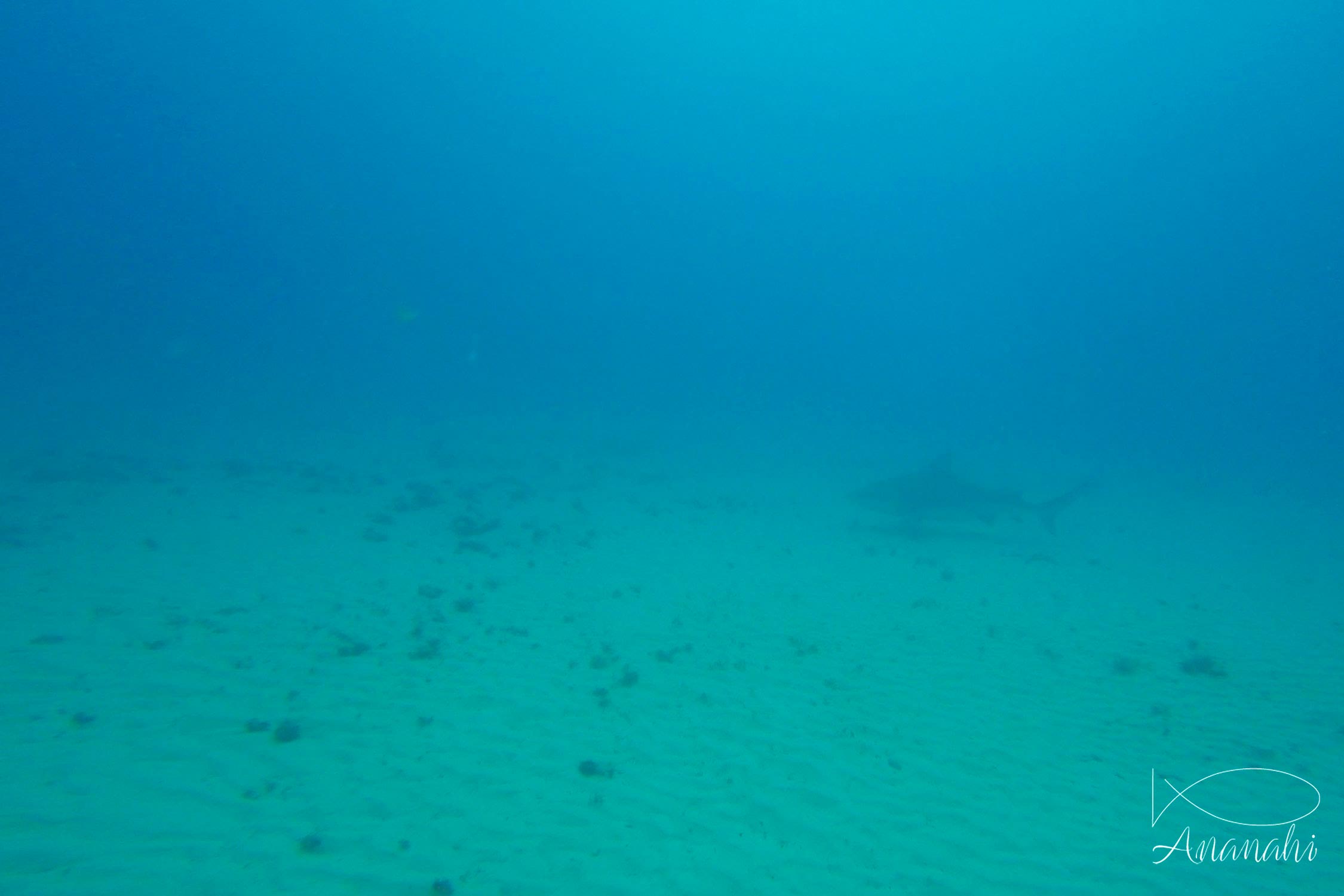
Scientific name: Carcharhinus leucas
Size: Up to 11,2 feet
Color: Gray brown back and dirty white belly
Distinguishing feature: Stocky body, very short muzzle, first dorsal large, thick, falciform and in the extension of the body
Where did we see it: Mexico

Scientific name: Carcharhinus leucas
Size: Up to 11,2 feet
Color: Gray brown back and dirty white belly
Distinguishing feature: Stocky body, very short muzzle, first dorsal large, thick, falciform and in the extension of the body
Where did we see it: Mexico
Bulldog sharks can live in salt water and freshwater. It sometimes goes up the estuary.
The bulldog shark has a very bad reputation, especially because of attacks on the Reunion island. It is however present all the year on other beaches in the world without attacking the millions of tourists which is about 78 inches of him.
The lack of information and the bad treatment of the littorals are the main causes of accidents.
In the case of Reunion, the causes are many: the waters near the coasts poorly treated, the reef sharks having all been caught, bathers or surfers going to water in bad weather and bad weather schedules, etc.
Some sharks can stay motionless on the sand (white tips reef sharks, nurse sharks, etc.).
These sharks don't have to swim to bring oxygen to their gills like other sharks (grey, hammerheads tc.)
Mammals have a horizontal tail.
Fishes have a vertical fin.
Parrotfish create a protective envelope around them when they are sleeping.
So, don't put the light on them during night dive to don't to wake them up and break this envelope.